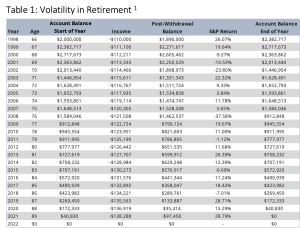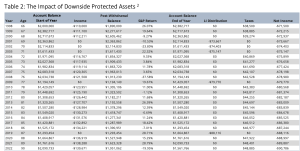Choosing the right life insurance can be overwhelming, but it doesn’t have to be. Edison Risk is here to break down the essentials and help you understand the different types of policies available. From term life to whole life, understanding how each works is key to ensuring you’re well-covered. To dive deeper into various life insurance strategies, we encourage you to visit our partner, The Policy Shop, for expert insights and detailed information. Their resources will guide you through the decision-making process, so you can secure the protection you need for you and your loved ones.
How IULs Maximize Wealth – Discover the wealth-building potential of Indexed Universal Life Insurance. Link
Navigating Life Insurance with Confidence – Confidently navigate life insurance decisions with expert guidance. Link
Life Insurance and Taxes: Unlocking the Tax Benefits – Explore tax-saving benefits of life insurance for your financial plan. Link
What Is a 529 Plan? Everything You Need to Know – Learn about 529 plans and how they compare to other college savings strategies. Link
Term & Whole Life Insurance – Understand the differences between term and whole life insurance policies. Link
529 vs IUL: College Planning Comparison – Compare 529 plans with Indexed Universal Life for better college funding. Link
Unlocking Financial Security with IULs – How Indexed Universal Life Insurance can safeguard your financial future. Link
RetirementPAYDAY Annuity: Safeguarding Your Future – Protect your retirement income with RetirementPAYDAY annuities. Link
Top 11 Must-Read Blog Posts for Life Insurance – A curated list of must-read life insurance blogs for better financial understanding. Link
RetirementPAYDAY Annuity – Explore how RetirementPAYDAY annuities secure your retirement income. Link
Exploring Riders and Add-Ons for Life Insurance – Learn about life insurance riders and how they customize your policy. Link
The Policy Shop – Explore a wide range of life insurance solutions at The Policy Shop. Link
Protect Your Retirement Income with RetirementPAYDAY Annuities – Safeguard your retirement income with our RetirementPAYDAY annuities. Link
Unlocking Liquidity: Financial Flexibility with Life Insurance – Learn how life insurance can provide liquidity and financial flexibility. Link
Life Insurance Strategies Under TEFRA, DEFRA, and TAMRA – Discover life insurance strategies under these key regulations. Link
Understanding TEFRA, DEFRA, and TAMRA – Learn how these laws affect life insurance strategies and tax planning. Link
IUL vs Roth IRA: Which is Best for You? – Compare Indexed Universal Life Insurance and Roth IRAs for financial growth. Link
Advanced Estate Planning with Life Insurance – Use life insurance to minimize tax liability in advanced estate planning. Link
RetirementPAYDAY Annuities in Retirement Planning – Learn how RetirementPAYDAY annuities fit into your retirement planning. Link
TEFRA, DEFRA, and TAMRA Explained – Understand the impact of TEFRA, DEFRA, and TAMRA on life insurance. Link
Planning for Your Child’s Future: College Funding with CollegePLUS IUL – Explore CollegePLUS IUL as an alternative to 529 plans for funding education. Link
401K to Annuity Conversion: RetirementPAYDAY – Learn how converting a 401K to an annuity can help with long-term healthcare costs. Link
Navigating the TEFRA Test in Life Insurance – Explore the TEFRA test and its implications for life insurance policies. Link
Maximize Retirement Savings with RetirementPAYDAY Annuities – Secure your retirement by maximizing savings with RetirementPAYDAY annuities. Link
Shop at The Policy Shop – Shop a variety of insurance options that suit your financial goals at The Policy Shop. Link







